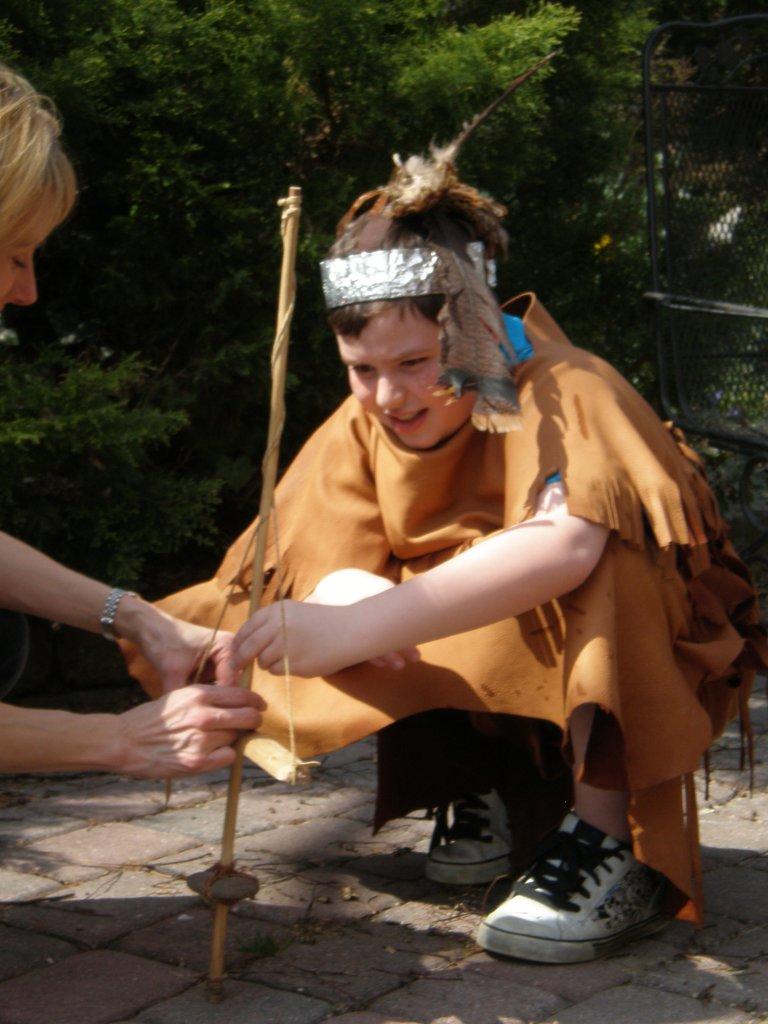
|

Essential Questions:
How did early Native American tribes live in Pennsylvania?
What similarities/differences existed among the tribes?
What caused conflicts among the tribes?
How did the contributions of Native Americans and early settlers influence Pennsylvania?
What were the contributions of the early Native Americans in Pennsylvania?
What influence did the environment and other cultures have on early American civilizations?
How does early Native American use of resources show their attitude about resources?
How did early Native American civilizations change when they came in contact with other cultures?
How did abundance and types of resources affect Native American culture?
What effects did cooperation and conflict have on neighboring cultures?
History Standards: 8.1 A,B,C,D 8.2.3 A,B,C,D 8.2.6 A,B,C,D 8.3.3 A,B,C,D8.3.6 A,B, D.
Reading Standards: 1.1.5.A,G 1.2.A 1.3.A,F 1.6.A,B,D,E
“The props you brought in really made me have a better idea of what it was like. One thing I really enjoyed was the costumes. Also, I thought it was really cool how you got everyone involved in your speech. I also liked how you were talking to us with a sense of humor and in our language. It is a true honor to hear you speak. Hopefully, I will be able to hear you speak next year.”
Sidney J.


